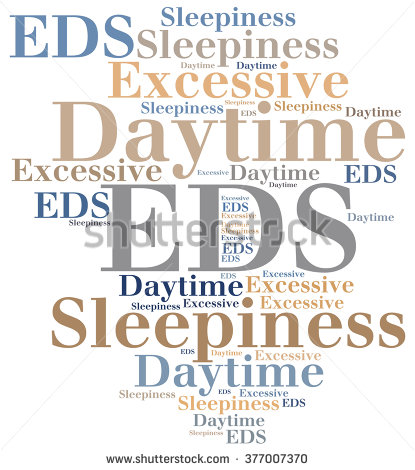

EXESSIVE SPEEDINESS HOW TO
Talk therapy to help identify the underlying causes of your depression and how to work through it.Get help immediately if you have thoughts of suicide. Treatment and urgency: See a doctor or mental health provider if you have symptoms of depression, particularly if it's severe. It occurs 1 in 6 people at some point throughout their life. Very common: Depression affects 1 in 15 adults annually. Depressionĭepression causes overwhelming feelings of sadness, loss of self-worth, decreased interest in activities you once enjoyed, and thoughts of hopelessness. If you have insomnia, you may have to change your bedtime routine and other daily habits, like limiting screen time at night or avoiding caffeine. For example, if bipolar disorder is causing insomnia, your doctor will recommend mood-stabilizing medications or antipsychotics. Treatment and urgency: Sleep deprivation is not an emergency, but some causes should be identified and treated as soon as possible.

Problems planning, organization, and judgment.Mood and behavior changes (short temper, anxiety).Daytime hyperarousal (when sleep deprivation is caused by chronic insomnia).Very common: This is the most common cause of EDS. Some mood disorders, such as bipolar disorder, can also prevent you from getting enough quality sleep. Or you may have a condition such as insomnia (difficulty falling or staying asleep), narcolepsy, or idiopathic hypersomnia. You may not be giving yourself enough time to sleep. Sleep deprivation occurs when you don’t get enough quality sleep.


It’s possible to have EDS even if you think you’re getting a decent night’s sleep. When EDS is that bad, it can be dangerous as you could fall asleep while driving or operating machinery. In severe cases, you may be so exhausted that you fall asleep while doing everyday tasks. Not getting enough sleep can make you feel tired and less motivated and energized. What excess daytime sleepiness feels like


 0 kommentar(er)
0 kommentar(er)
